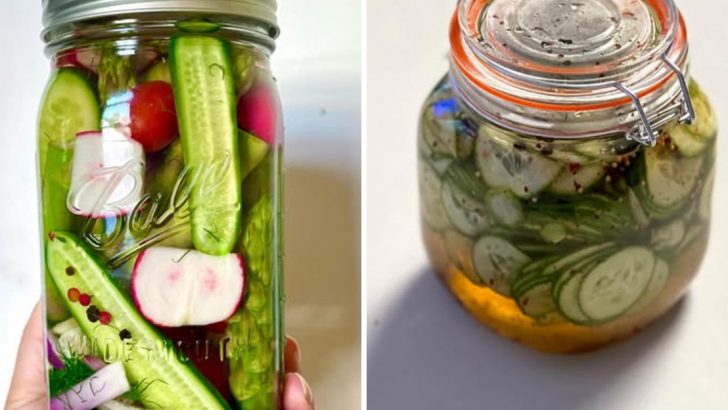Quick pickling is an art that transforms ordinary vegetables into zesty, tangy delights. Mastering the art of quick pickling can elevate your culinary creations.
These golden rules are not merely suggestions; they are essential guidelines to ensure that your pickled treasures are as flavorful and safe as possible.
They will guide you to quick pickling success.
1. Fresh Ingredients Only
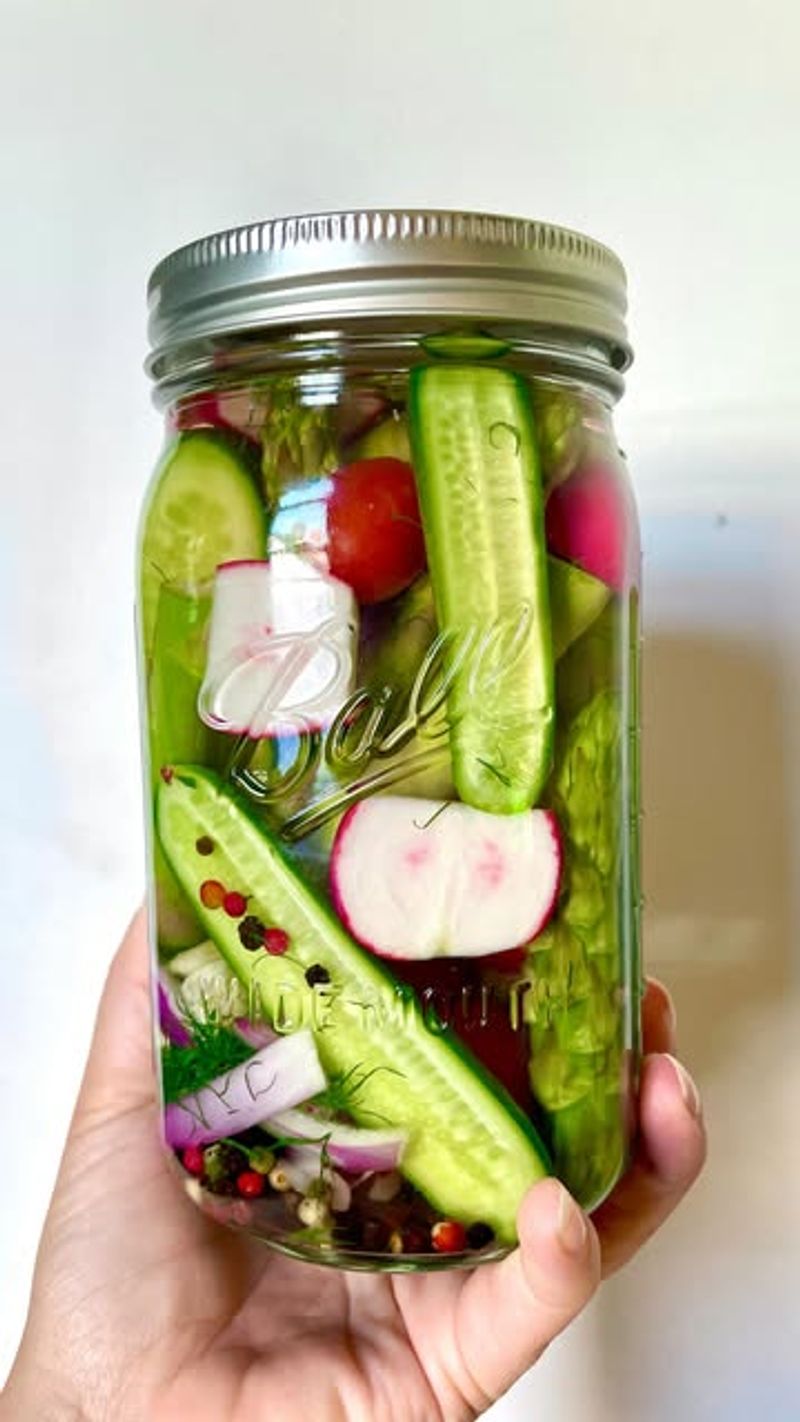
Always start with the freshest ingredients. Freshness is the key to achieving the best flavor and crisp texture in your pickled products. Avoid any vegetables with blemishes or signs of spoilage.
If possible, source them from a local farmer’s market or your own garden. A fresh vegetable will absorb the pickling brine more effectively, ensuring a crunch and taste in every bite.
2. Use The Right Vinegar

Choosing the correct vinegar is essential for flavor and preservation. White vinegar provides a sharp, clean taste, while apple cider vinegar adds a fruity note.
Consider rice vinegar for a milder pickling experience. Each type of vinegar brings its unique character to your pickles, so experiment to find your preferred taste. Ensure the acidity level is at least 5% for safe preservation.
3. Balance The Salt
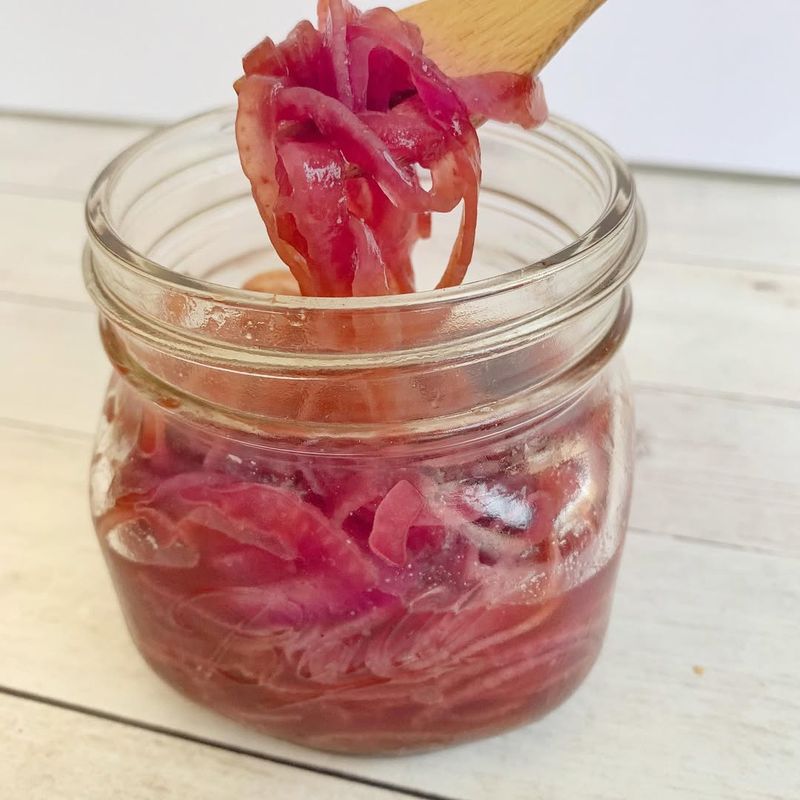
Salt is crucial in pickling for flavor and preservation. Use pickling or kosher salt, as table salt may contain additives that can cloud your brine.
Measure carefully to avoid overly salty or bland pickles. The right balance brings out the best in your vegetables, preserving their natural flavors while adding a delightful tang.
4. Sweeten To Taste
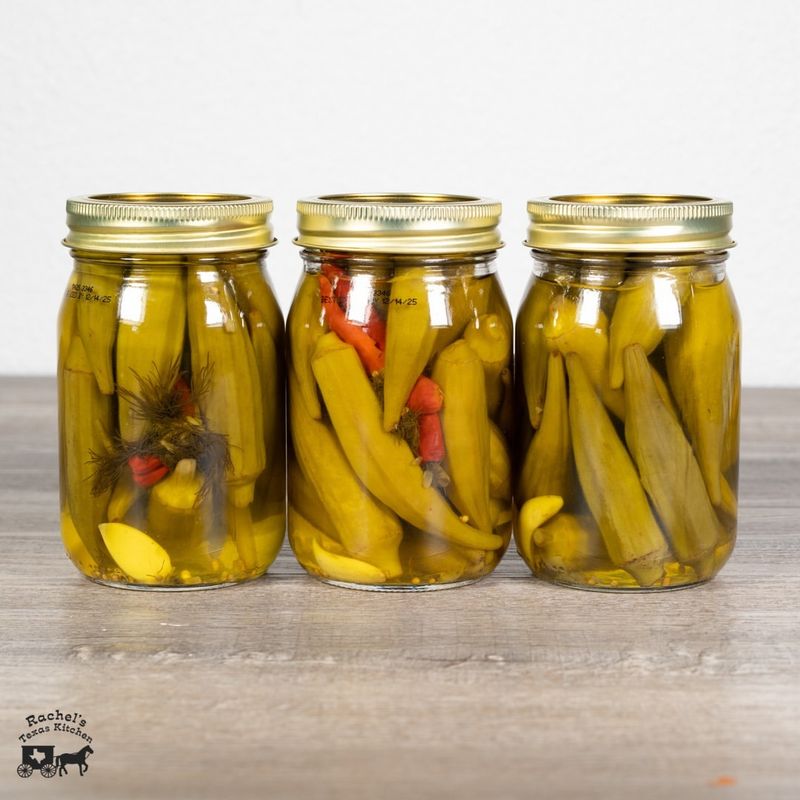
Sweetness can elevate the pickling brine, balancing the acidity and enhancing flavors. Experiment with different sweeteners like granulated sugar, honey, or maple syrup.
Start with a small amount and adjust to taste, ensuring the sweetness complements rather than overpowers the other flavors. A well-balanced brine is the heart of flavorful pickles.
5. Spice It Up
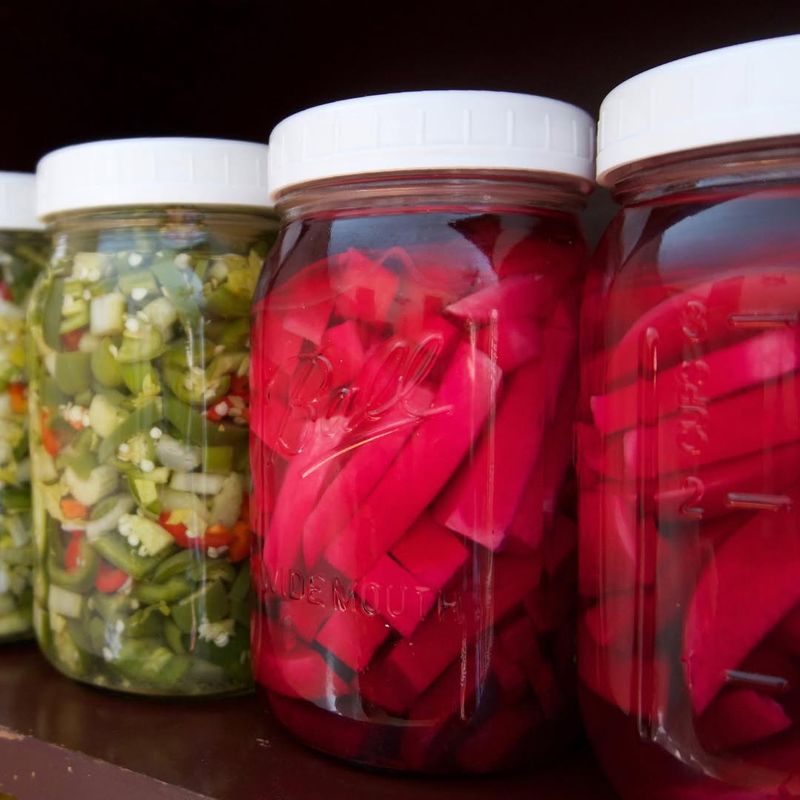
Spices are the secret to a memorable pickle. Consider adding mustard seeds, dill, or peppercorns to your brine.
Each spice can transform the taste, adding depth and character. Be adventurous but measured; too many spices may muddle the flavor profile, while too few might leave your pickles bland. Tailor the spices to your taste for a truly personal touch.
6. Sterilize Your Jars

Proper jar sterilization is vital for safe pickling. Boil jars and lids in water before use to eliminate bacteria and ensure a sterile environment.
This step prevents spoilage and extends the shelf life of your pickles. Cleanliness is paramount in pickling. It’s guaranteeing your homemade pickles are safe and delicious.
7. Pack Tightly, But Not Too Tight
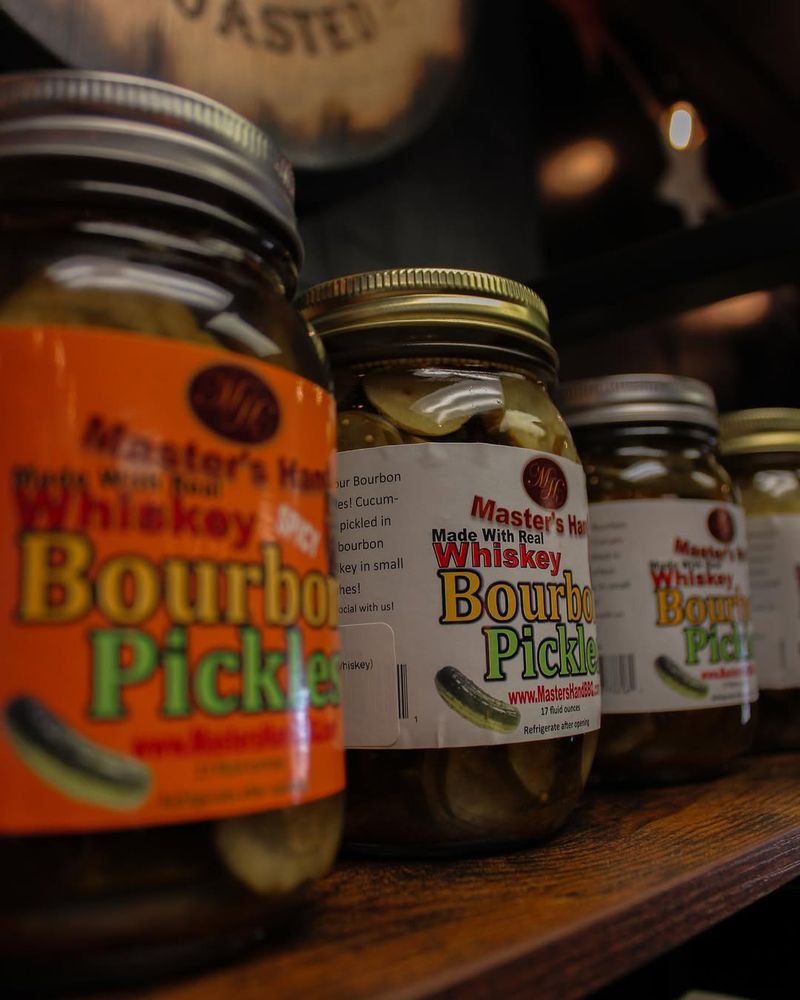
Packing your jars correctly affects the texture and flavor. Fill them with vegetables snugly but avoid over-packing.
Proper packing allows the brine to flow around every piece efficiently, ensuring even pickling. Leave some headspace for expansion and contraction. It will create perfect pickling conditions.
8. Use Boiling Brine
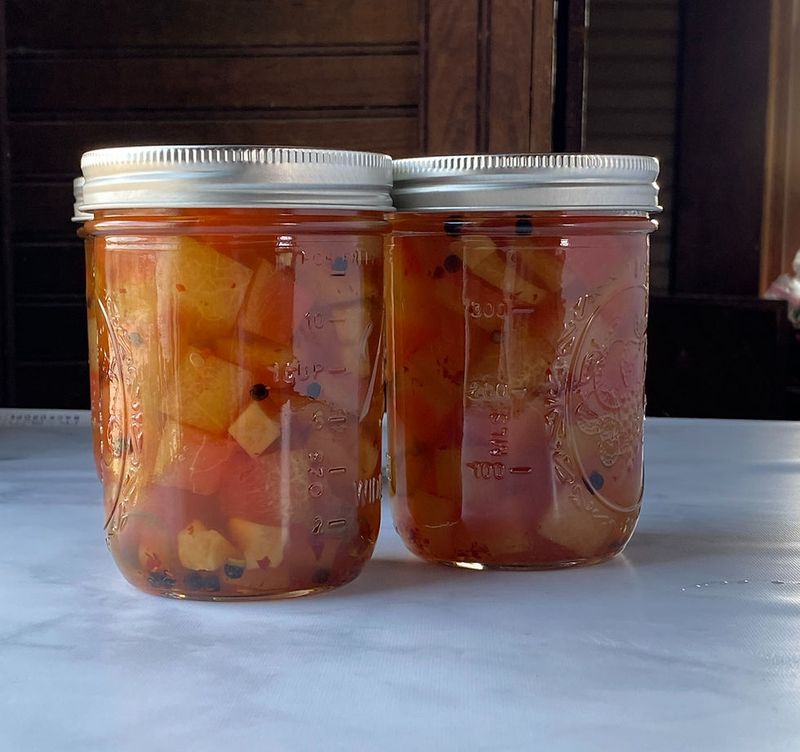
Pouring boiling brine over your vegetables is a critical step. The heat helps infuse flavors and begin the pickling process instantly.
Ensure that the brine covers the vegetables completely, allowing them to absorb the flavors evenly. This practice helps in preserving the lovely colors and freshness of the vegetables.
9. Seal Properly

Proper sealing ensures the longevity and safety of your pickles. After filling your jars, wipe the rims and tighten the lids securely.
This prevents air from entering and spoiling the contents. A well-sealed jar keeps your pickles fresh and extends their shelf life, making them a delight to enjoy anytime.
10. Cool Before Storing

After sealing, let your jars cool to room temperature before storing. Rapid cooling can result in broken jars or compromised seals.
Allowing them to cool naturally ensures that the seal remains intact and the flavors mature beautifully. Proper cooling is an essential step for perfect pickling outcomes.
11. Label Your Creations
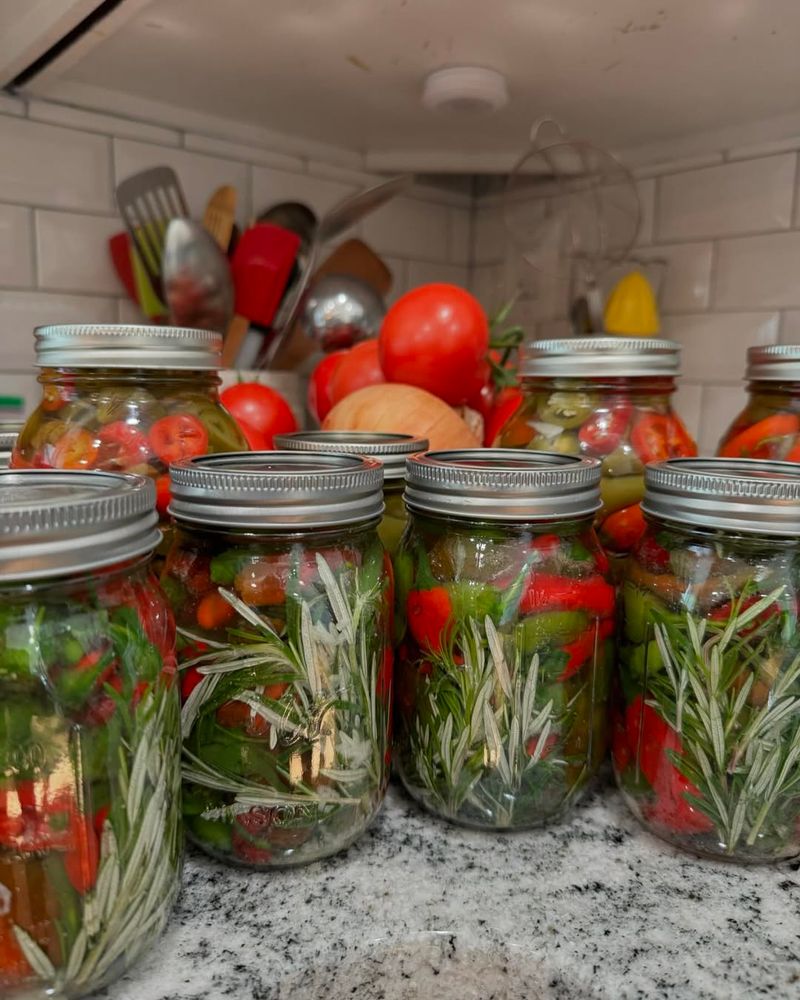
Labeling is more than just organization; it enhances the enjoyment of your pickles. Include the type and pickling date for easy identification.
This helps in tracking the age of your pickles, ensuring you enjoy them at their prime. A well-organized pantry is both practical and pleasing to the eye. We all want that!
12. Store In A Cool, Dark Place
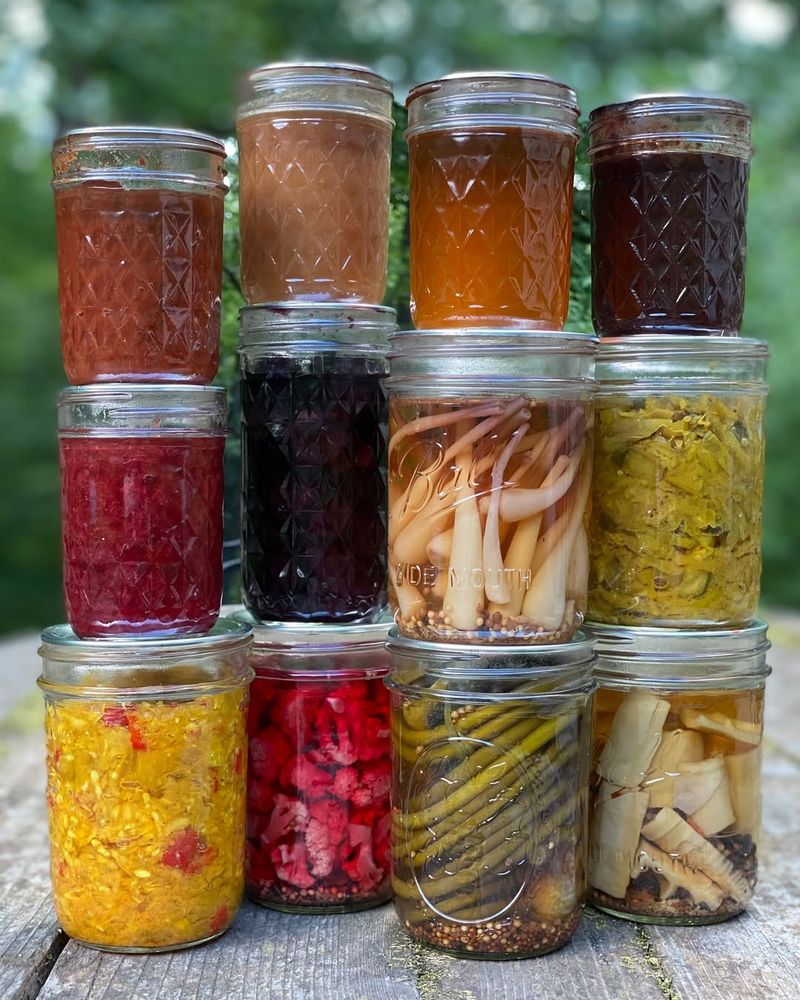
Remember, proper storage is critical for preserving flavor and safety. Keep your pickles in a cool, dark place, like a pantry or cellar.
Light and heat can degrade the quality, so choose a spot that maintains a consistent temperature. This practice ensures your pickles maintain their zest and crunch over time.
13. Be Patient

Patience is a virtue in life, but also in pickling. Allowing your pickles to rest for at least a week enhances their flavor.
The time allows the spices and brine to blend harmoniously with the vegetables, creating a well-rounded taste. Waiting might be challenging, but it’s worth the anticipation.
14. Test For Flavor

Tasting is crucial to mastering pickling. Sample your pickles periodically to check flavor development. This way you can add anything that’s missing.
This helps in fine-tuning future batches to your taste preferences. Remember, pickling is as much an art as it is a science. Experimentation leads to perfection.
15. Adjust To Season
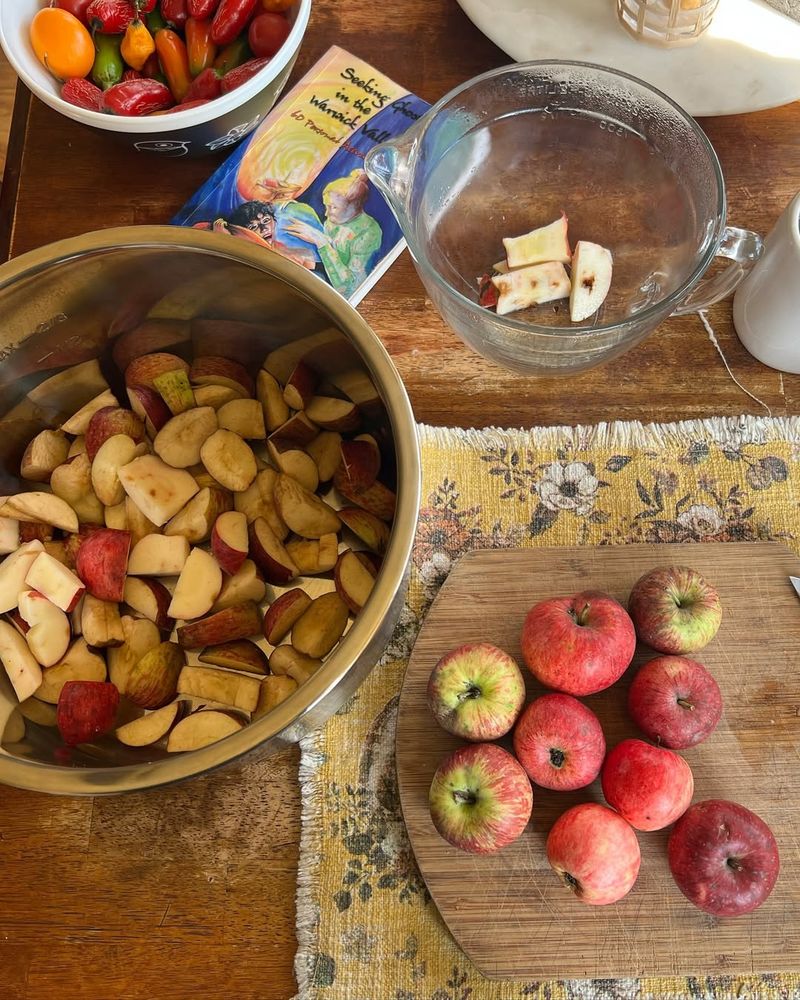
Adapt your pickling to the season for the freshest ingredients. Seasonal produce not only tastes better but is often more cost-effective.
Each season brings unique flavors to explore in your pickling, offering endless possibilities for culinary creativity. A seasonal approach keeps your pickling fresh and exciting.
16. Keep it Clean
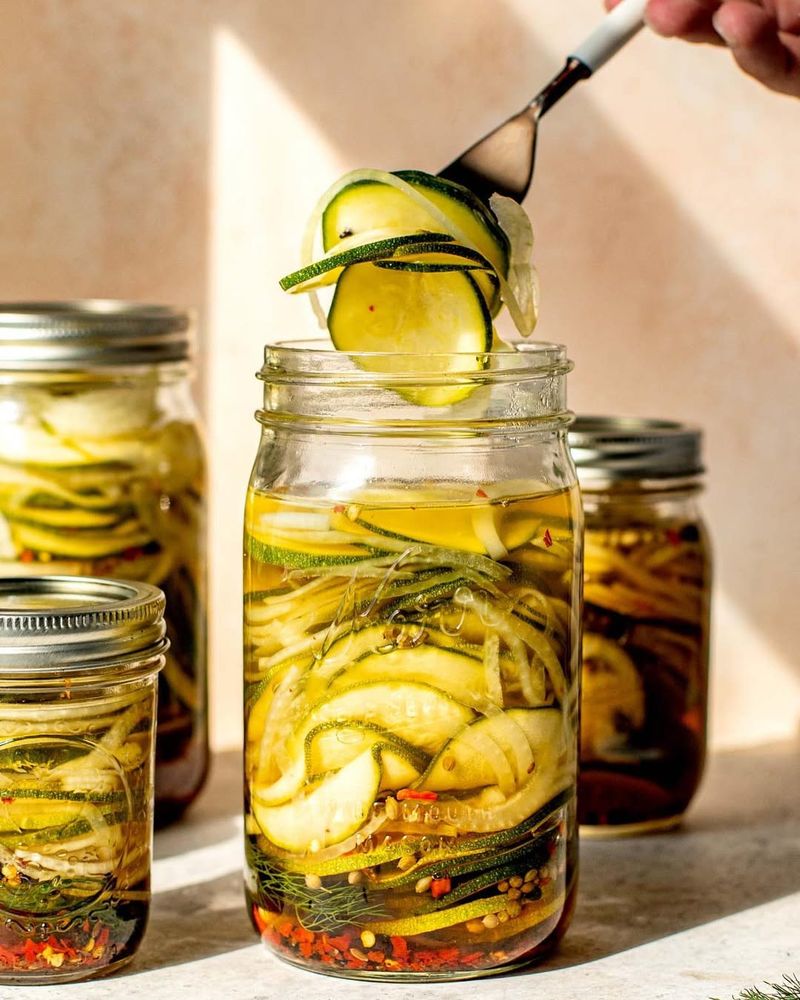
Cleanliness in the kitchen is essential for successful pickling. Ensure all utensils and surfaces are sanitized before starting.
A clean environment prevents contamination and spoilage. And you don’t want that! This simple practice results in safer, tastier pickles, allowing you to relish them with peace of mind.
17. Follow Proven Recipes

Begin with proven recipes to ensure success. These recipes provide a reliable foundation for delicious pickles. It very important if you are new to this!
Once confident, experiment with your variations. Proven recipes offer a balance of flavors and techniques that guide you to pickling mastery.
18. Experiment With Ingredients
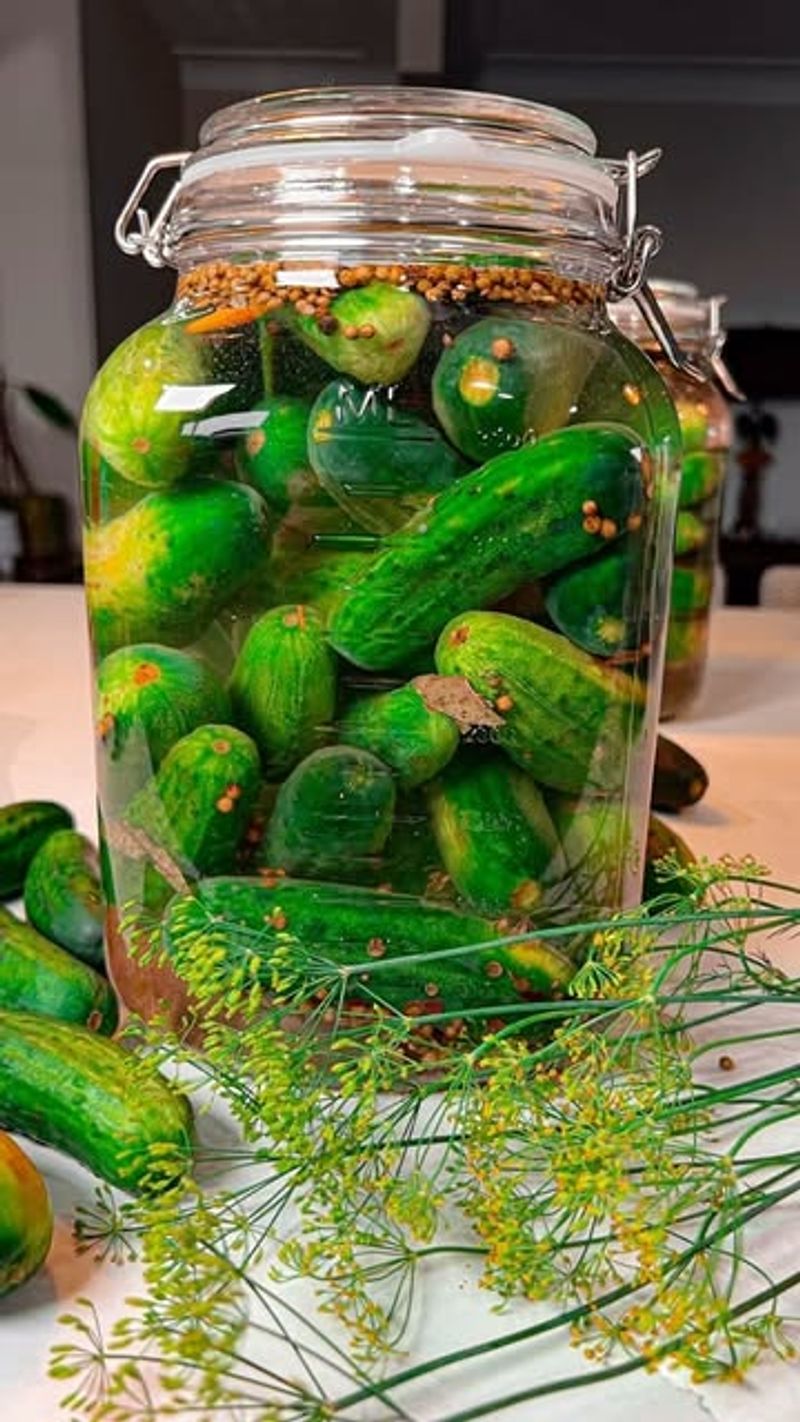
While following recipes is wise, don’t shy away from experimentation. Trying new vegetables or spices can lead to delightful discoveries.
Striking a balance between tried and true and adventurous is where the art of pickling shines. Experimentation keeps the process engaging and endlessly rewarding.
19. Share With Friends
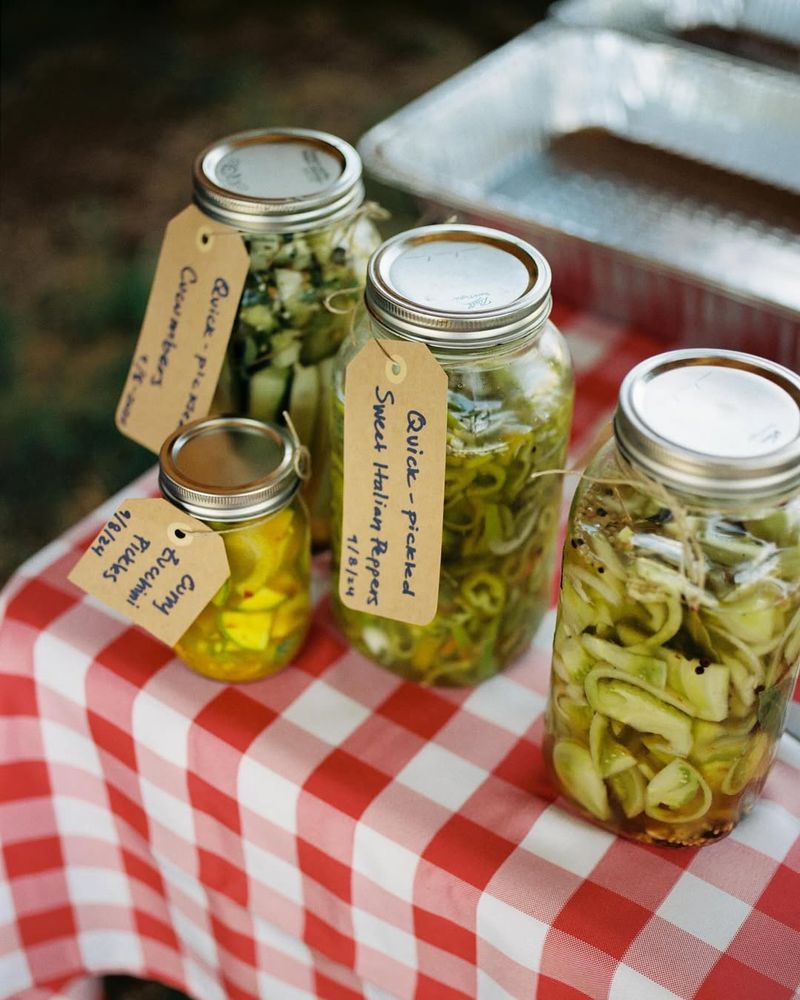
Sharing your pickling creations brings joy and builds connections. Gift jars to friends and family, spreading the love of homemade pickles.
Sharing encourages feedback and inspires new ideas, enriching your pickling journey. The joy of pickling is multiplied when shared with others.
20. Enjoy The Process

Most important rule! Relish each step of the pickling process. From selecting ingredients to sealing jars, find joy in every moment.
This mindset transforms pickling from a chore to a cherished hobby. Embracing the process makes the end result—delicious, homemade pickles—even more satisfying.

